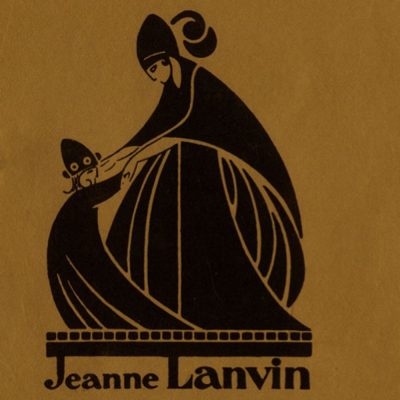
Designers 08.10.2019
15.01.2019
1910s1920s1930sbias cutcouture
One of the strongest female character of the tale of fashion
She also started a campaign for the protection of couture designs, setting a primate for fellow couturiers to follow – to prevent copyists from plagiarising her work. Plagiarism, was, in fact, a practice that had long affected high fashion. Copyists were appointed by manufacturers and department stores to visit couture fashion shows to sketch the garments in order to have the instruction to remake them, as the American copyist-turned-fashion designer and writer Elizabeth Hawes explained in her book ‘Fashion is Spinach‘.
In her quest against plagiarism, Madeleine Vionnet had previously founded the Association for the Defence of Fine and Applied Arts in 1921. However, she eventually started to document her creations by photographing them from the front, back and sides and then decided to stamp on each label her irreproducible and unique fingerprint. As well as protecting her creativity, by marking the clothes in this way she put her own identity as a guarantee of their authenticity. At last, her labels served as a clue in a crime scene, they reconducted her mindful creations to her hands.